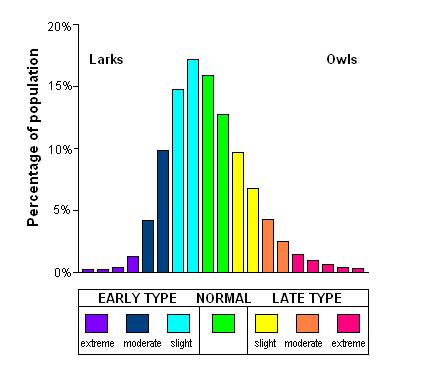Circadian Rhythm and Its Affects on Education
This website is a collaboration of five Washington and Lee University students who will attempt to explain and educate educators, parents, and teenagers about teenager’s sleep issues, their effects on performance, and measures that can be taken to mitigate and solve these problems.
The research that shall be posted on this site will take roughly a month to compile, and will be explained and synthesized. We will provide links and provide as much ability for one to independently research as we can.
As children get older, school starts at earlier and earlier times. This can be a problem. Research shows that all living organisms have a biological clock that signals when to sleep, when to wake, and other body functions. Specifically, the teenage body is wired to fall a asleep later at night and and wake up later in the morning. This is because adolescent biological clocks run on a different schedule than adults. Teenagers have what is called an evening chronotype, which means they are more inclined to stay up late, not as a form of rebellion, but because their bodies aren’t ready for sleep at earlier times in the night.
This graph demonstrates the regular sleep patterns for humans. Students’ sleep cycles have been shown to trend towards the later chronotypes. Our research is focused on alleviating the sleep deprivation issue in high school students and finding methods to increase alertness in the mornings.
Below are links to scholarly articles that will help with background knowledge:
http://www.nigms.nih.gov/Education/Pages/Factsheet_CircadianRhythms.aspx
.http://projectneuron.illinois.edu/sites/default/file/U3_L8_Supplement_CarskadonEtal1998.pd

